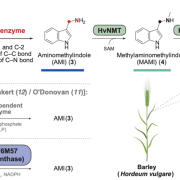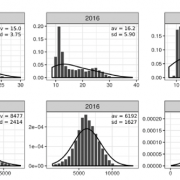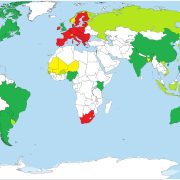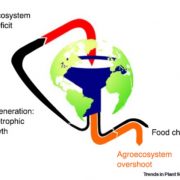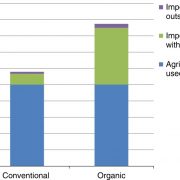Review: Medicine Is not Health Care, Food Is Health Care: Plant Metabolic Engineering, Diet and Human Health (OA)
New Phytol.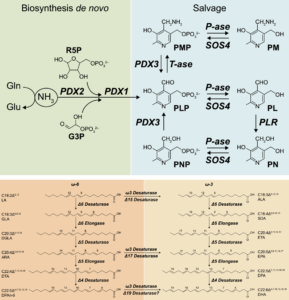 One of the consequences of the green revolution has been the increasing dependence on few staple crops, which provide calories but often lack the right amount of micronutrients such as vitamins and minerals. The consequences are collectively called “hidden hunger” and concern not only poor countries but also some populations of rich countries. This is due to the increase in the costs of high quality fruits and vegetables, to the lack of interests from breeding programs (which mainly focus on yield and pest resistance) and to the strong appeal of processed food for consumers.
One of the consequences of the green revolution has been the increasing dependence on few staple crops, which provide calories but often lack the right amount of micronutrients such as vitamins and minerals. The consequences are collectively called “hidden hunger” and concern not only poor countries but also some populations of rich countries. This is due to the increase in the costs of high quality fruits and vegetables, to the lack of interests from breeding programs (which mainly focus on yield and pest resistance) and to the strong appeal of processed food for consumers.
The authors summarize many recent attempts of phytonutrients (such as vitamins and polyphenols) biofortification in crops by traditional means (breeding) and genetic engineering. From this analysis, it appears that most of the successful genetic engineering approaches provided only a mild increase of the selected nutrient. This may be because these approaches often target only one or a few genes. In addition, attention must be given to the gene promoters, to increase micronutrient production only in the target tissues and not waste energy. Finally, genetic engineering has mainly focused on “pull” strategies (i.e. the enhancement of biosynthesis) and rarely on “protect” strategies (i.e. increasing the nutrient storage or reducing its catabolism). Our increasing understanding of the regulation of biosynthetic pathways should lead us to better exploit the possibilities offered by the protect strategies.
Even so, in order to accomplish real progress in human nutrition, micronutrient-rich varieties have to be grown by farmers. This means they do not have to impact the yield or be susceptive to parasites, or that public investment have to be allocated in order to promote these varieties, sometimes against the market. (Summary by Elisa Dell’Aglio) New Phytol. 10.1111/nph.14730


